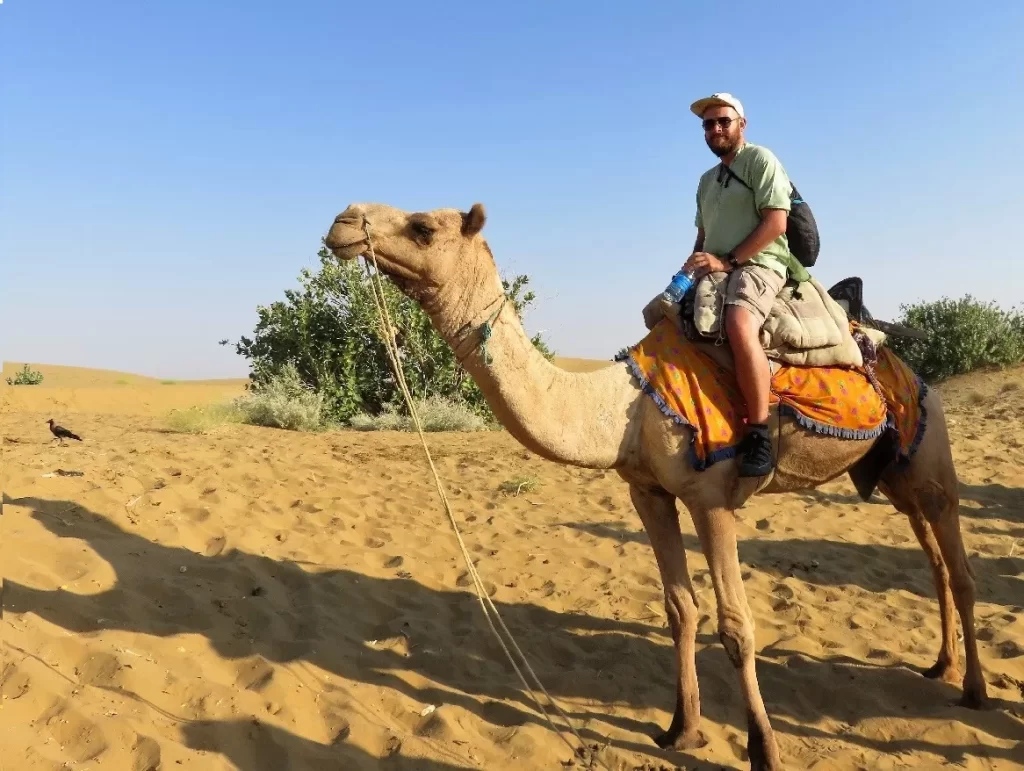Thinking about how to make the most of your trip? If you’re anything like me, you’ve invested a fair amount of time, money and effort into your upcoming adventure (or you’re about to), and you’re keen to make every second count.
Travel is a uniquely personal experience; one person’s dream trip might be another person’s worst nightmare. You might be the kind of person who thrives on human interaction when you’re travelling, or your enjoyment might solely hinge on experiencing the history or culture of a place – whatever it is you’re looking for on your journey, the aim of this article is to help you find it.
Research your destination
This might seem like a bit of a no-brainer, but you’d be amazed how many people don’t do it. I’ve been guilty of it myself; I’ve assumed I know what I’m going to want to do in the place I’m visiting, only to get there and realise there’s so much more to experience which I haven’t left time for. So, do your research.
If history is your thing, you probably already know a fair bit about where you’re going, but that doesn’t mean there aren’t hidden gems to be uncovered with a little more investigation. The same is true of cultural attractions, or the local food scene.
I get my information from a variety of sources and I find it churns up way more excitement than simply browsing through Wikipedia articles. In the run up to your next trip, try the following:
-
Look for documentaries that focus on your destination
-
Check out travel groups on social media
-
Read blogs, books, and check out interviews with other travelers
-
Ask other travelers for advice
This last point is super important, as you can get real on-the-ground insight from people who have been there before you. Consulting the travel community recently worked for me during a trip to Budapest. I’d been planning on visiting the infamous New York Café (which I heard about from an Anthony Bourdain documentary) but several other travelers warned me that it was a) very difficult to get into, and b) a bit overrated. So, I went to the equally stunning and historic Central Café instead, and had absolutely no regrets.
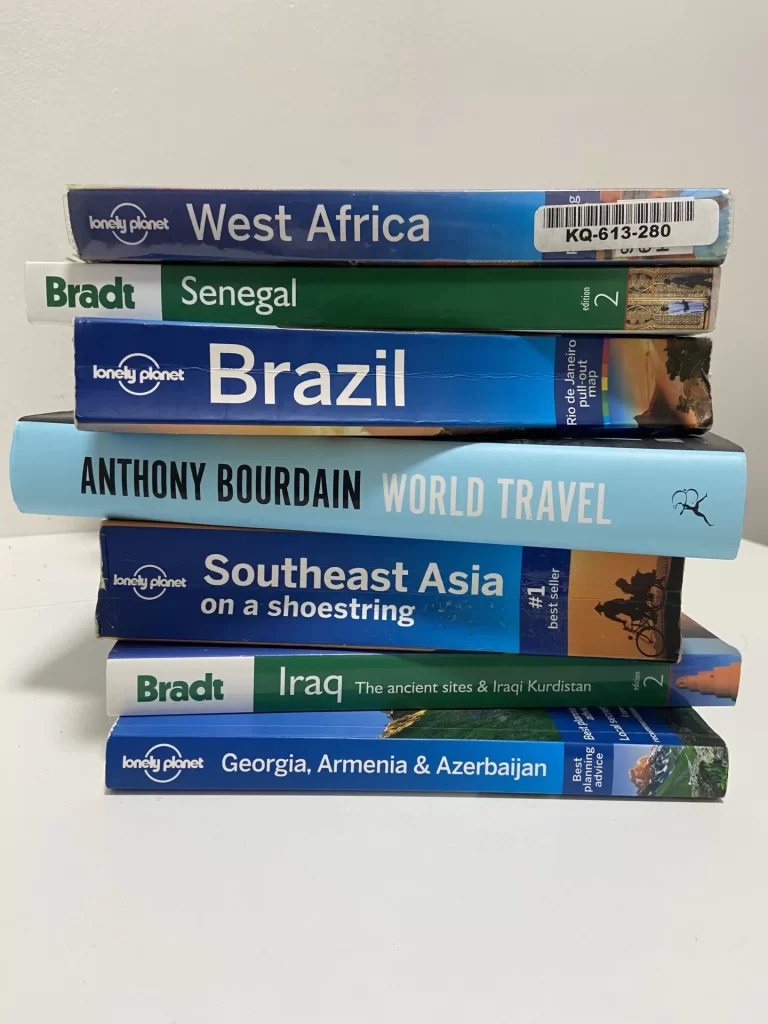
Organise your time
I like to cover a lot of ground when I travel, so I usually only spend around 48-72 hours in one location. To make sure I experience each location as “fully” as possible, I plan out more or less exactly how I’m going to spend my time. This isn’t as restrictive as it sounds, as I always factor “free exploration” time into my plan.
If I’m spending two to three days in a place, my schedule might look roughly like the following:
Free exploration time
Here’s where I like to pencil in my aimless wandering around time – yes, I really do plan for this! I usually take however much is left of the day I arrive to go for a walk, get the feel of a place, and go with the flow. This gives me a low-pressure opportunity to scope out my new location without rushing from A to B; it’s also a great way to decompress after a long journey.
Whether it’s a whole day, a half a day, or just an evening, taking this time upon arrival will help you make the most of your “organised” sightseeing later. You may even be lucky enough to stumble across somewhere you’d like to visit that you hadn’t previously known about, like a cosy, out-of-the-way cafe, a street market, or some other attraction.
Sightseeing Days
I generally use my next full day (or days) as a sightseeing day. This is when I visit as many key places of interest as I can comfortably fit in. Having a relaxed wander around the day before makes planning a sightseeing day easier, as you’ll have an idea of how easy it is to get around using local transport, and how long it will take.
I use offline Google Maps to mark the attractions I want to see, and work out how I’ll get around between different places on foot or using public transport. This is really straightforward to do and means you can prioritise the places you most want to go and plan a logical order in which to visit attractions, while fitting in as much as possible.
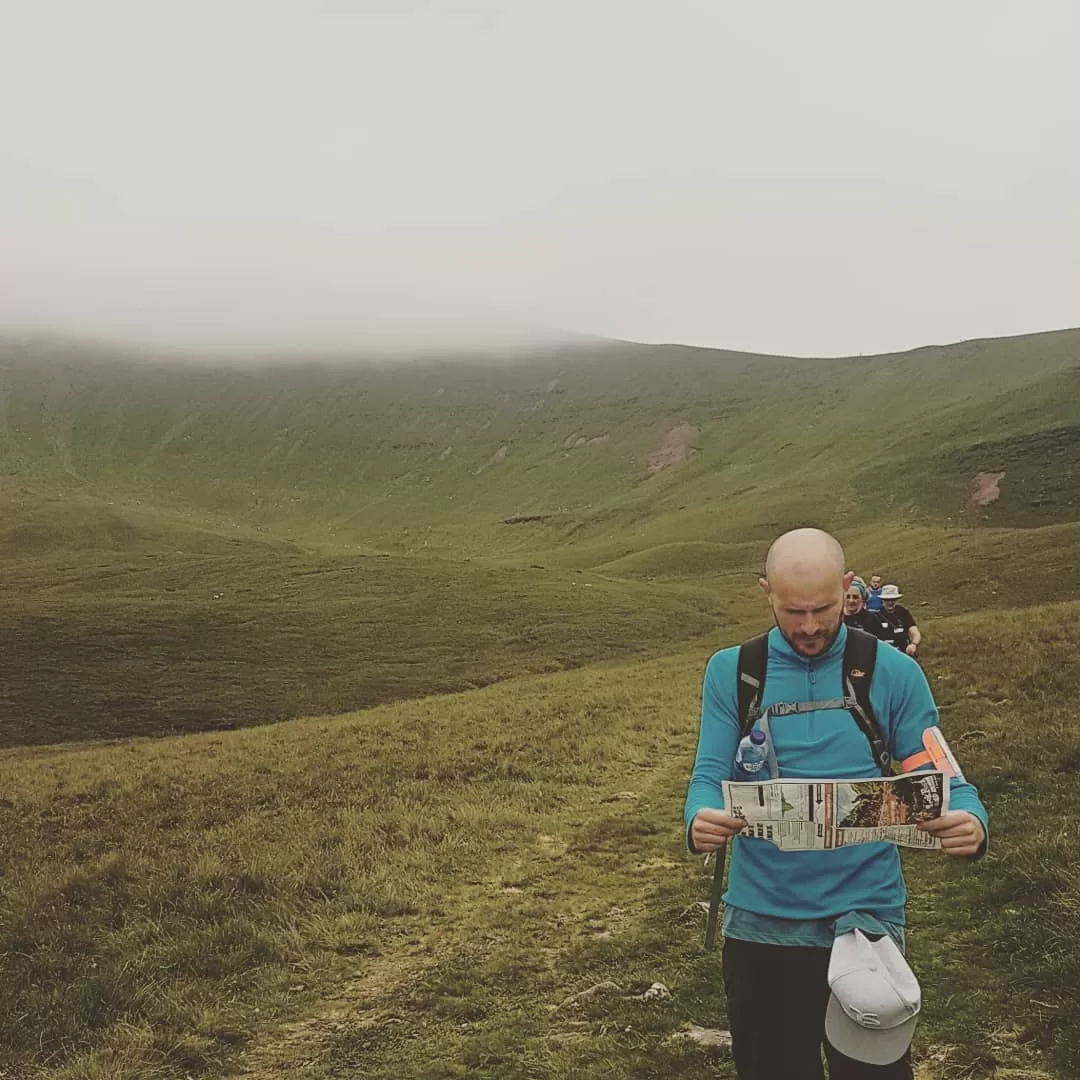
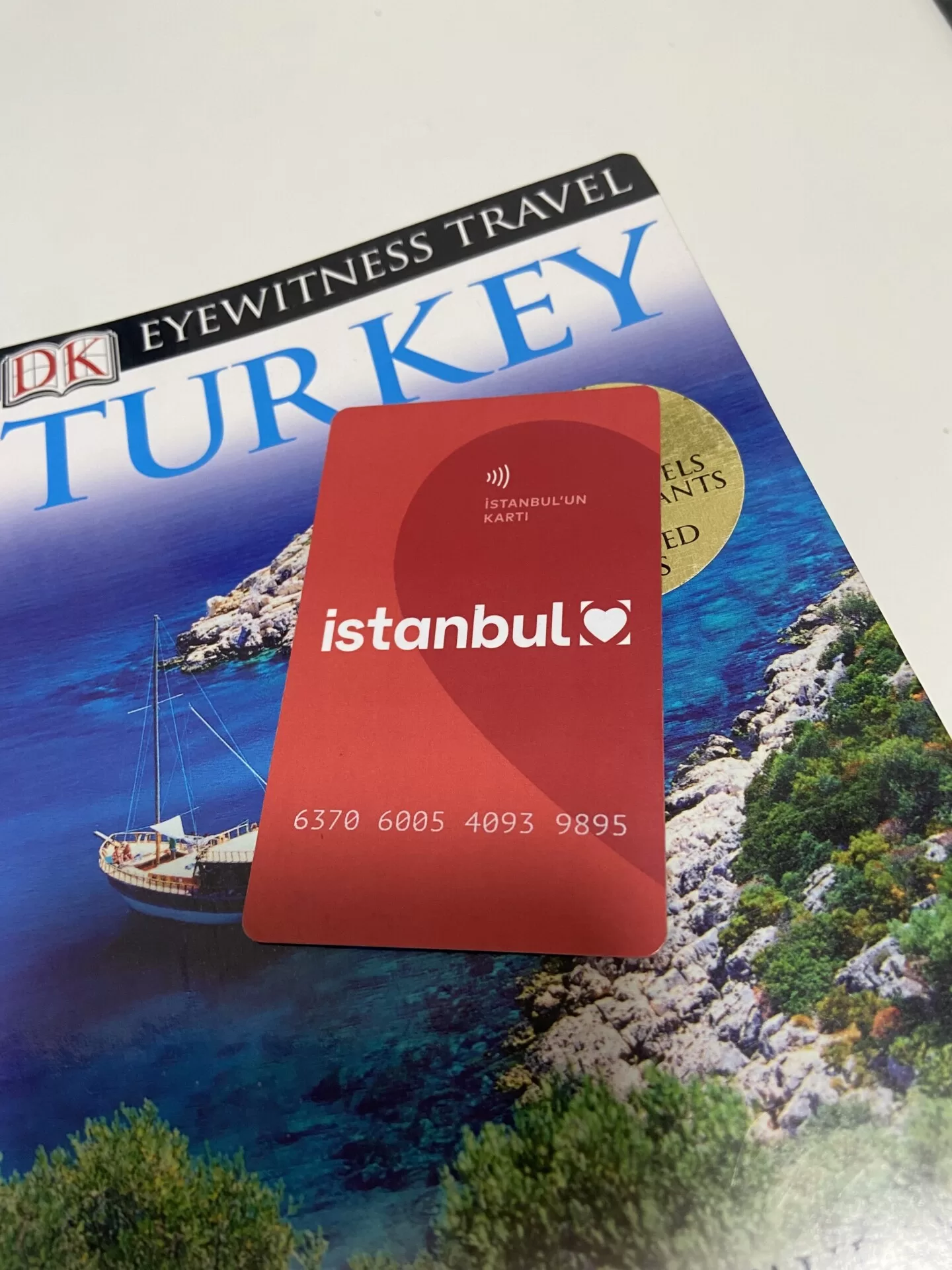
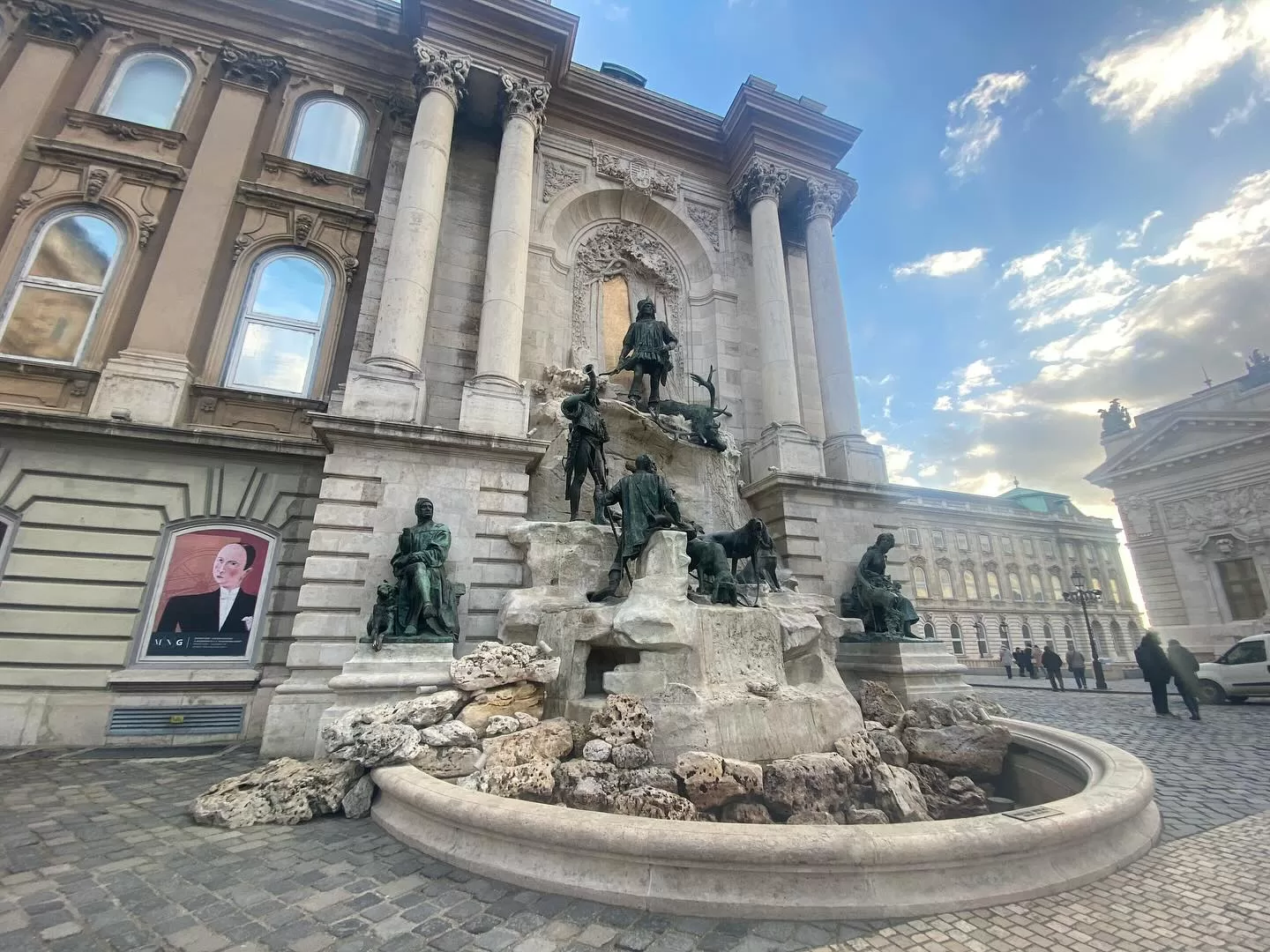
Making the most of backpacking on a budget
After visiting over 300 towns and cities, you come to realise that there’s always something interesting to do, even if you’re travelling on an extremely tight budget. It’s true that while some countries like Japan, Saudi Arabia or Singapore are typically more expensive to visit, you can still have a rewarding and authentic experience without breaking the bank.
Here are some tips that should help you get the most bang for your buck:
Transport Cards and City Passes
Many major tourist cities like Istanbul or Budapest offer transportation passes or city passes. Transport passes give you unlimited (or nearly unlimited access) to public transport for a set price. This can lead to major savings if you’re going to be spending one or two days in a city, and relying heavily on public transport to get around.
City passes generally cover some combination of public transport and tourist attractions. Again, you pay one price for the card depending on whether you want to use it for 24, 48, or 72 hours, and in exchange you get access to attractions or public transport at a discount, or for free.
It’s worth researching doing a bit of research to make sure the attractions you want to visit are at least partially covered by your pass, to ensure you get decent value for money. My girlfriend and I recently travelled to Budapest and purchased the Budapest 24-hour city pass from Tiqets; this gave us free access to the Castle Museum, Lukacs Baths Thermal Spa, the Underground Railway Museum, and dozens of other attractions, as well as free use of the metro system.
Tours or Bus Trips
If you’re short on time or the place you’re visiting isn’t well connected with public transport, tours and bus trips can help you get around while still hitting the main attractions.
I’m usually the kind of person who would choose death over an open-top bus tour, but there are occasions when this type of organised tour can come in very handy. For instance, when I was in Medina, Saudi Arabia, I was short on time and the city didn’t offer much in the way of public transportation. So, I took a hop-on-hop-off open-top bus that allowed me to explore affordably, and without a lot of walking.
I did something similar in Mardin, Turkey when I took a group tour to several popular sights outside the city. Again, it was the most cost and time-efficient way to see what I wanted to see, when I only had one day spare. The bottom line? Organised tours aren’t ALL bad, and can sometimes save you money.
Find free Attractions
Just because ‘everyone’ has gone to the top of the Tokyo Skytree for £20 for that once-in-a-lifetime INSTA selfie, it doesn’t mean you have to as well. Instead, you could visit the 45th floor of the Tokyo Metropolitan Government Building – for FREE – where there are two observatory towers offering stunning views across the Tokyo skyline and far fewer crowds. Oh yes, and did I mention, it’s FREE?
My point is that visiting all the major paid attractions can become quite expensive. They also don’t always don’t offer value for money, as they’re often overcrowded. Free alternatives are often just as good, if not better.
Appreciate the food
There’s nothing quite like parking yourself cosily in a backstreet restaurant in a new country, waiting on your first authentic taste of a national dish, having spent weeks (or even months) drooling at pictures of it on the internet. Food – to me – is just as important an attraction as anything else, so getting things right choosing local cuisine is a must.
I’d recommend staying away from touristy places and seeing what you can find on side streets or the outer edges of town. Tucking into a grilled Middle Eastern kebab served from a local’s takeaway in Baghdad, or sitting roadside at a street food stall in Jaisalmer, as the smell of charcoal-roasted roti wafts around you are truly magical experiences. These moments are remarkable for their ability to connect you with not only the food culture of a place, but its history, and its people.
In addition to being overpriced, restaurants in main tourist areas often serve food that is inauthentic, or average at best. Eating off the beaten track is not only an amazing experience, it’s likely to save you money!
When looking for recommendations, try asking at your accommodation, or even just talking to the person sitting next to you on the bus. If all else fails, choose somewhere frequented by locals and you can’t go far wrong.
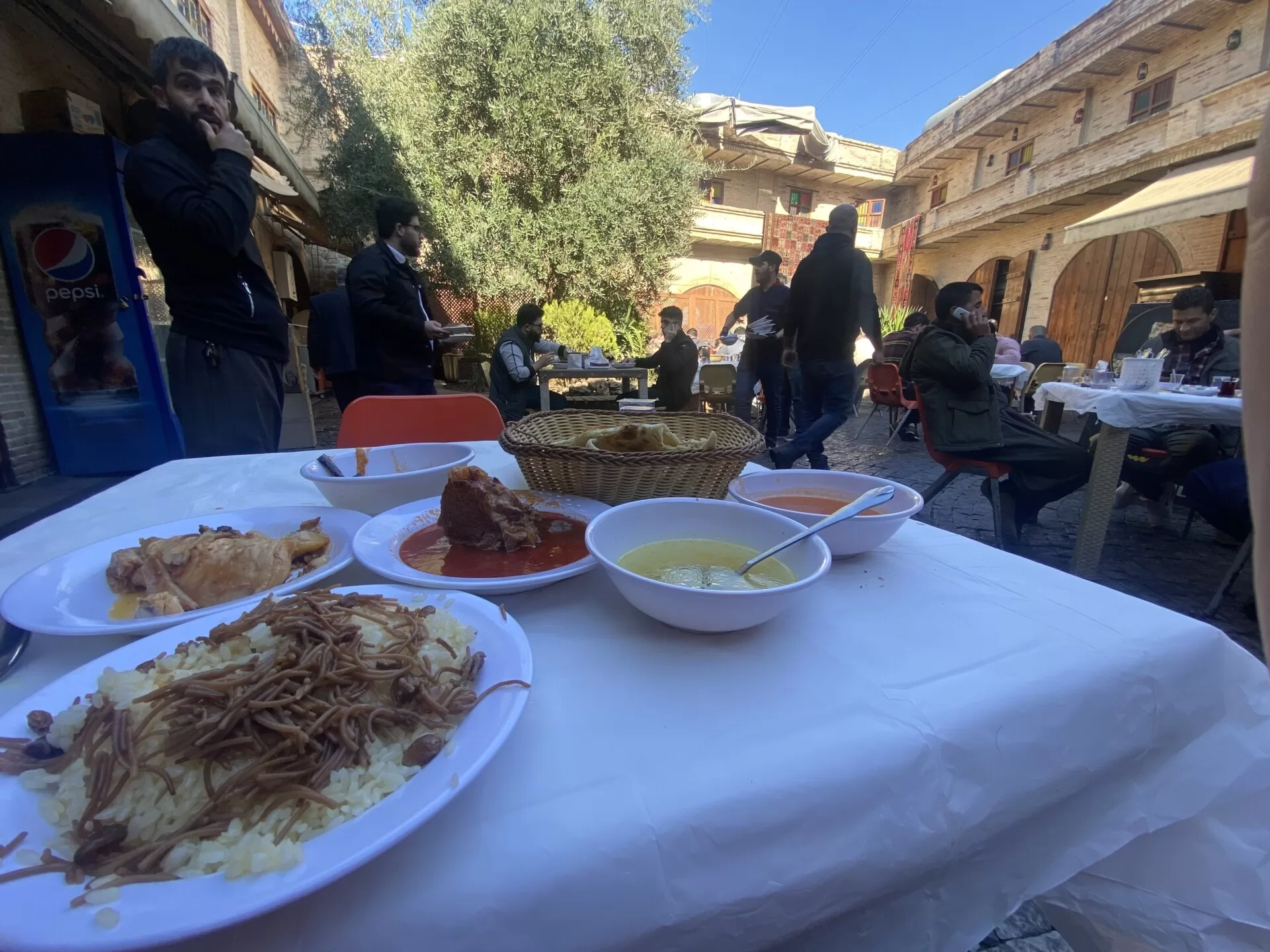
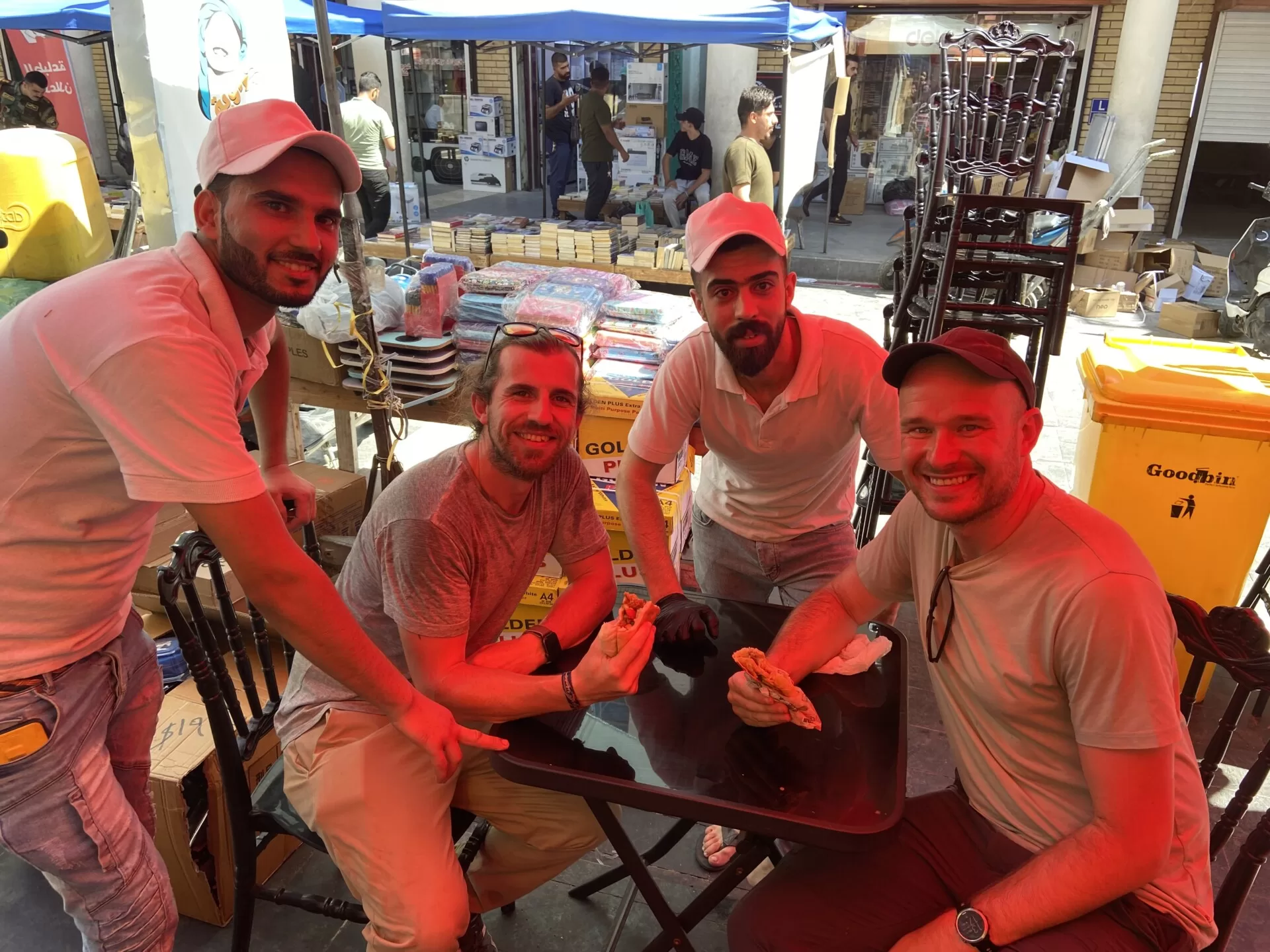
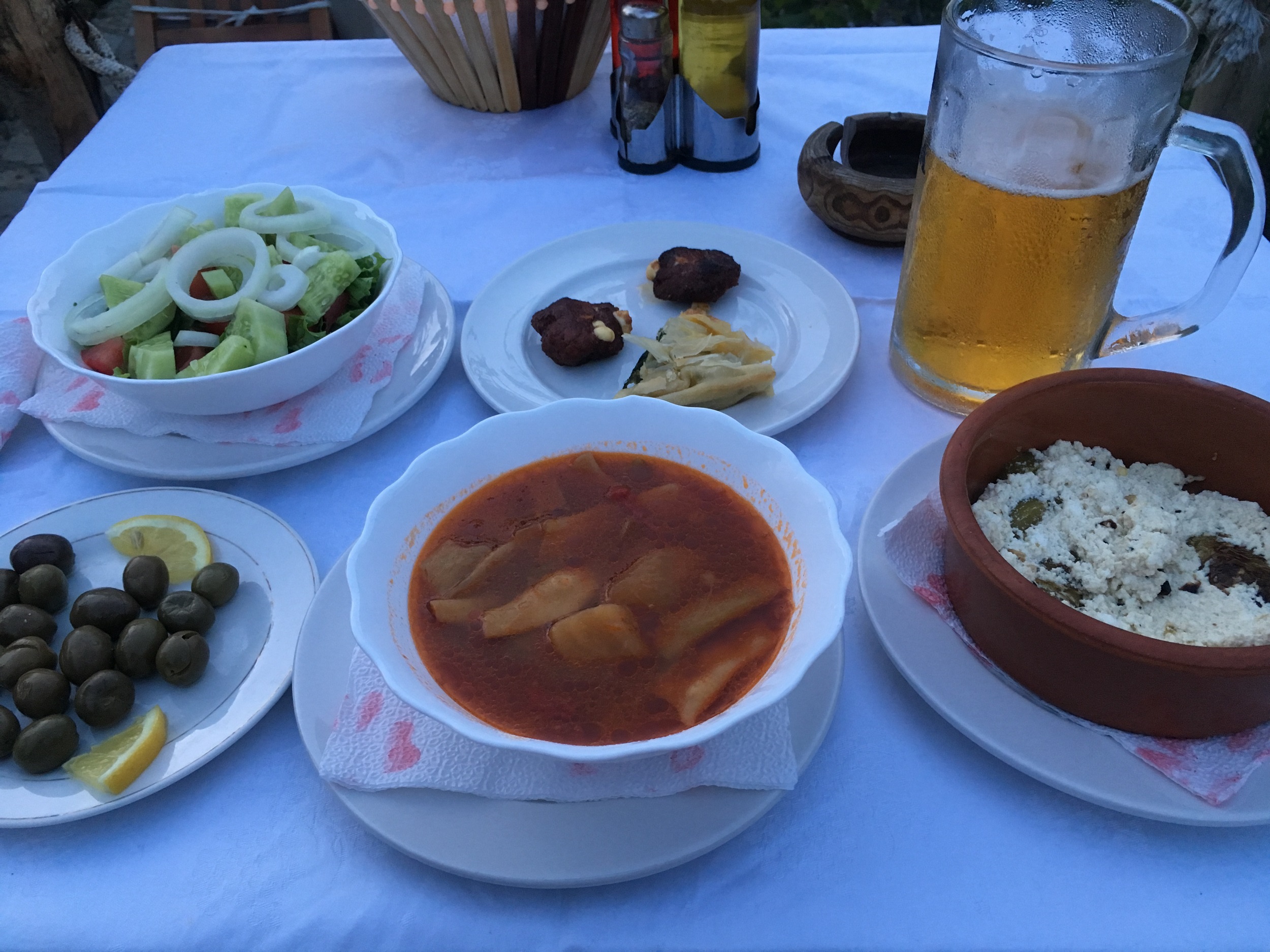
Allow natural social interactions
I am not a person who enjoys forced fun. When I travel, I have no interest in sitting next to the same kinds of people having the same kinds of conversations about why I travel, where I’ve been and where I’m going next. I find that organised events aimed at bringing together fellow travellers often end up resulting in these kinds of interactions, and it’s not for me.
While meeting other travellers is fun, and I’ve actually made lasting friends with people I’ve met while exploring the world, I think too much emphasis is sometimes placed on making this happen – for want of a better way of putting it. But, when social interactions happen organically while you’re travelling, I happen to think this is pretty special. Often, these end up being some of the more memorable moments of a trip!
If you’re interested in meeting people while you’re travelling, just remember there are no barriers on when or where this can happen. For example, going on a walking tour or sitting in the common area of your accommodation would be a great way to meet other people to enjoy dinner with. Equally, you could have just as an incredible social experience by sparking up a conversation with someone on public transport who ends up inviting you over to their house for dinner.
My only advice would be – safety and commonsense allowing – to get out of your comfort zone. This is when the most beautiful and unexpected things can happen.


